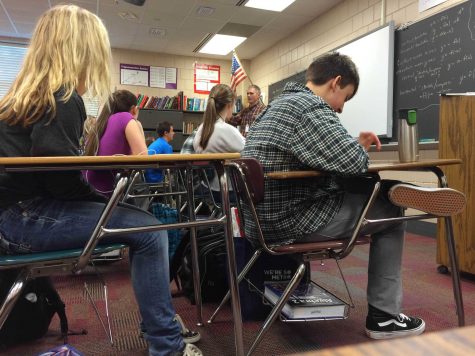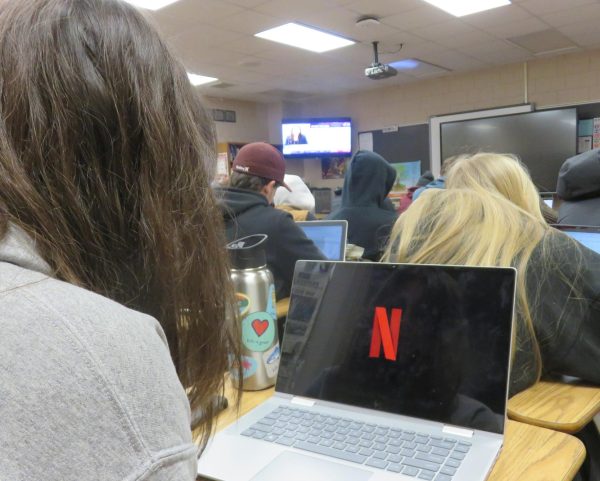Committee reexamines grading practices and policies
The schoolwork students have to struggle with piles up. It can be hard to keep so many things in mind all at once. It absorbs life.
November 18, 2018
“Someone’s intelligence or how hard they’re working in a class shouldn’t be defined only in a series of numbers and letters,” sophomore Ellie Capra said.
Education is imperative to the success of a society, but some students and teachers are not convinced the current testing approach is effective. Teachers within the same school, do not always, have the same policies. This can be difficult and challenging for students.
“I want to see some consistencies, for the sake of the kids, for the sake of the families and I think that the teachers will actually find that it helps,” said Katy Pupungatoa, BARR Coordinator and a member of the Academic Vision team, who are committed to students, teachers, and families being informed and successful.
The discrepancies between classes grading policies and the disjointedness of test and class scores can be frustrating and difficult to navigate, for even the best of students. Students need consistency first, one of the goals the Academic Vision team works toward as they take a closer look at grading policies.
Someone’s intelligence or how hard they’re working in a class shouldn’t be defined only in a series of numbers and letters.
— Ellie Capra
“It doesn’t really show what people work through to get there,” junior Michael Finch said of testing.
A standard formal test should be a measure of hard work and comprehension of material, yet our tests measure up. Test scores should be in the same range as your class grade.
It can seem random to students when teachers use different standards for letter grades. There is a wide variation of grading standards, late work, and test retaking policies.
“A student can have six different teachers with six different policies one year, then go to the next year, and you have six new policies,” Pupungatoa added.
Another frustration for students is how tests are weighted. If tests are weighted the same as everything else then it doesn’t affect the grade as much. If a student does not test as well, he can put more effort into assignments.
“Versus someone who has a test weighted much heavier. If you do bad on one test, your grade plummets and it’s hard to get your grade back up again,” Finch explained.
Students work hard in class, completing assignments and show they understand the material. Then at test time, they may not do as well.
“On average my class grades are maybe an A- or B+,” Capra said, “but my test scores don’t usually look like that,” Capra explained, referring to her test scores versus her other assignments in class.
Pupungatoa is seeking ways to support teachers and students to better evaluate students’ knowledge. “I like if a teacher has the ability to find another way to access what the student knows.”
“I think we have to start moving in the direction of getting some consistencies in place because I think it would help students and help families,” Pupungatoa explained.
The Academic Vision team is working toward a common set of standards that work for students and staff, but Pupungatoa believes it really comes down to the students.
“I think that students’ feedback is going to be really motivating to staff. Because if they hear it from students, it’s going to be more powerful than hearing it from some committee,” Pupungatoa said.

















Grace Silbernick • Dec 21, 2018 at 9:27 am
Great quote lead to start off the article. Article flows well and pulls the reader in by being able to connect. The quotes can really resonate with students and are used well. Could have used a bit more information and a picture that is more action based. Overall looks great and is interesting!